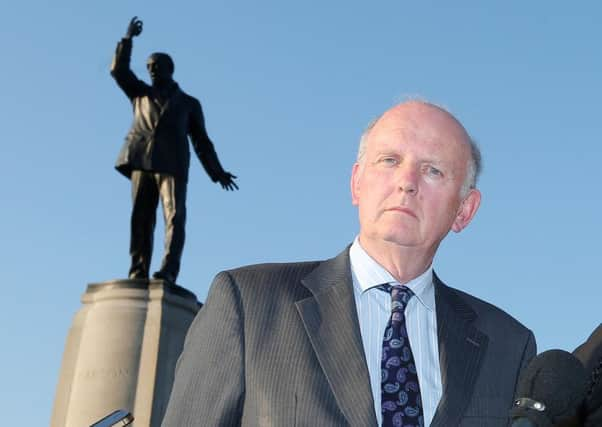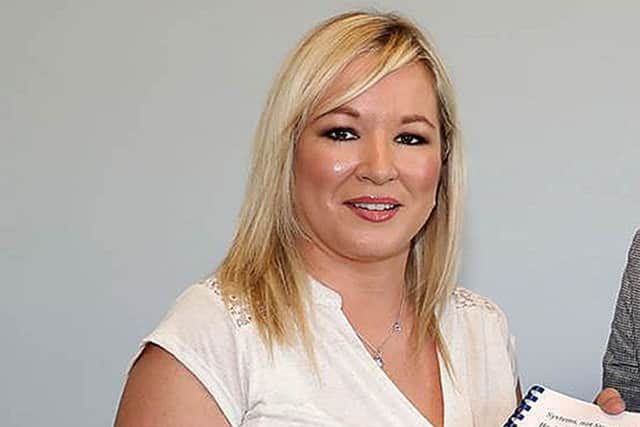Worse emergency waiting times spur call for more health cash


The latest batch of quarterly numbers from Stormont’s Department of Health cover the period from the start of April to the end of June this year and show that, at a number of emergency departments, more than a third of those who attended were left waiting four hours or longer before being either admitted or treated and discharged.
Stormont’s official target is for 95 per cent of people to be either admitted or discharged within that timeframe.
Advertisement
Hide AdAdvertisement
Hide AdThe News Letter yesterday looked at this same three-month period across a number of years, and can reveal that performance on this key target has become relentlessly worse over the last eight years.


The figures go back to 2008, and during April to June that year, an average of 91.7 per cent of people were dealt with within this four-hour timeframe.
Performance has dropped steadily ever since, and during the April to June period in 2016, only 75 per cent were dealt with in this timeframe.
Meanwhile, despite a Stormont target which states that nobody should have to wait more than 12 hours before being either admitted or discharged, there were 1,135 such cases of this happening from April to June.
Advertisement
Hide AdAdvertisement
Hide AdUUP man Michael McGimpsey, health minister from 2007 to 2011, said the figures add to a “very depressing” overall picture of the health service, and called for more investment.


The latest quarterly figures show that, while an overall average of 75 per cent of those seeking emergency care were dealt with within the four-hour target time, there were big variations across the Province’s hospitals.
The worst performing hospital for the quarter was the Royal Victoria in Belfast, where only an average of 59.8 per cent of those seeking emergency care were dealt within this timeframe.
In the Causeway Hospital, this figure was 61.9 per cent, and in Antrim Area it was 65 per cent.
Advertisement
Hide AdAdvertisement
Hide AdAlthough the News Letter only compared precise waiting time figures for the April to June quarters, a quick glance through the raft of data for other months indicates that performance on this four-hour target has worsened across the whole year.
Speaking of the fact this key target is slipping further from the department’s grasp with each passing year, Mr McGimpsey – who stood down as an MLA two months ago – said the department “don’t appear to be any closer to reversing that trend”.
“That’s about, basically, the Executive putting their money where their mouth is, investing properly in the health service, and employing sufficient numbers of doctors and nurses to do the job,” he said.
“This is entirely predictable. There have been oodles of warnings.
Advertisement
Hide AdAdvertisement
Hide Ad“It is irresponsible in the extreme for the Executive to continue underfunding the health service to this degree.”
He estimated that an extra £300m-or-so per annum is required in the health service to make sure it runs smoothly.
It was put to him that worsening emergency waiting times had also happened while he was in post.
He replied that during his tenure the health service had been closer to hitting the target, but a cut in cash during the 2010/11 budget – plus the closure of Belfast City Hospital’s emergency department in 2011 – hampered efforts to do so.
The Department of Health had been in DUP hands since 2011, while the Department of Finance – in charge of public spending – had been run by the DUP since 2007.
Both were given to Sinn Fein this year.